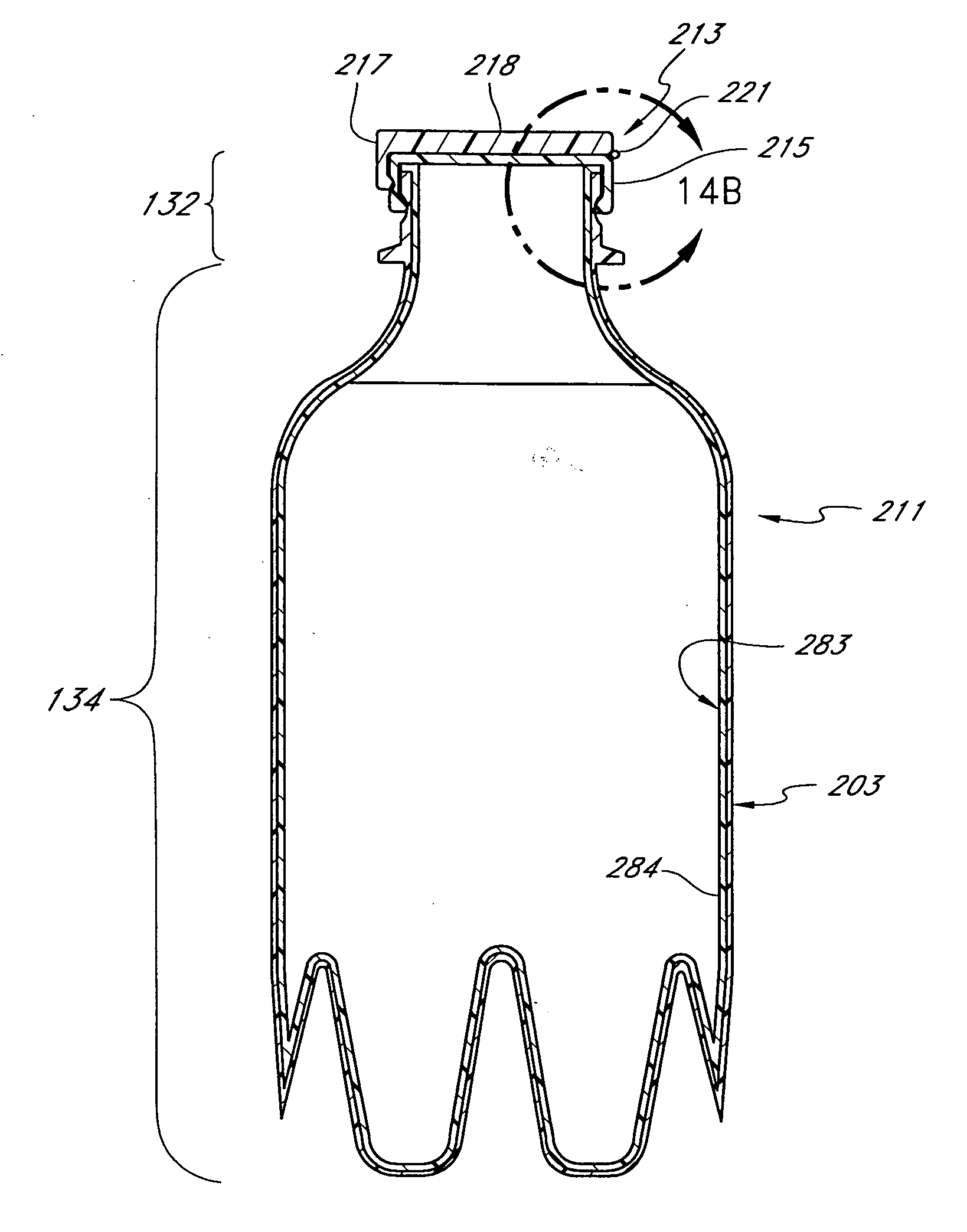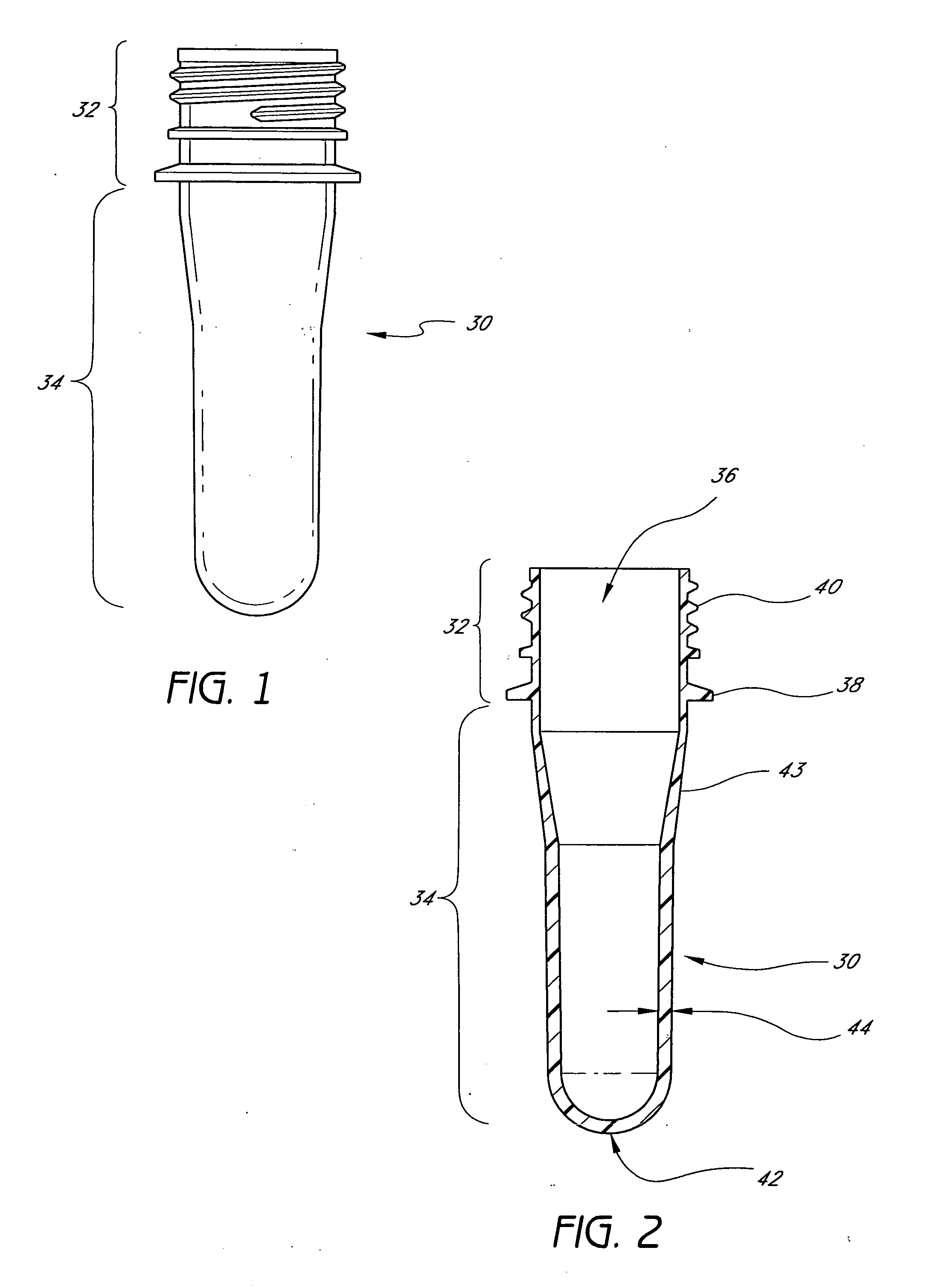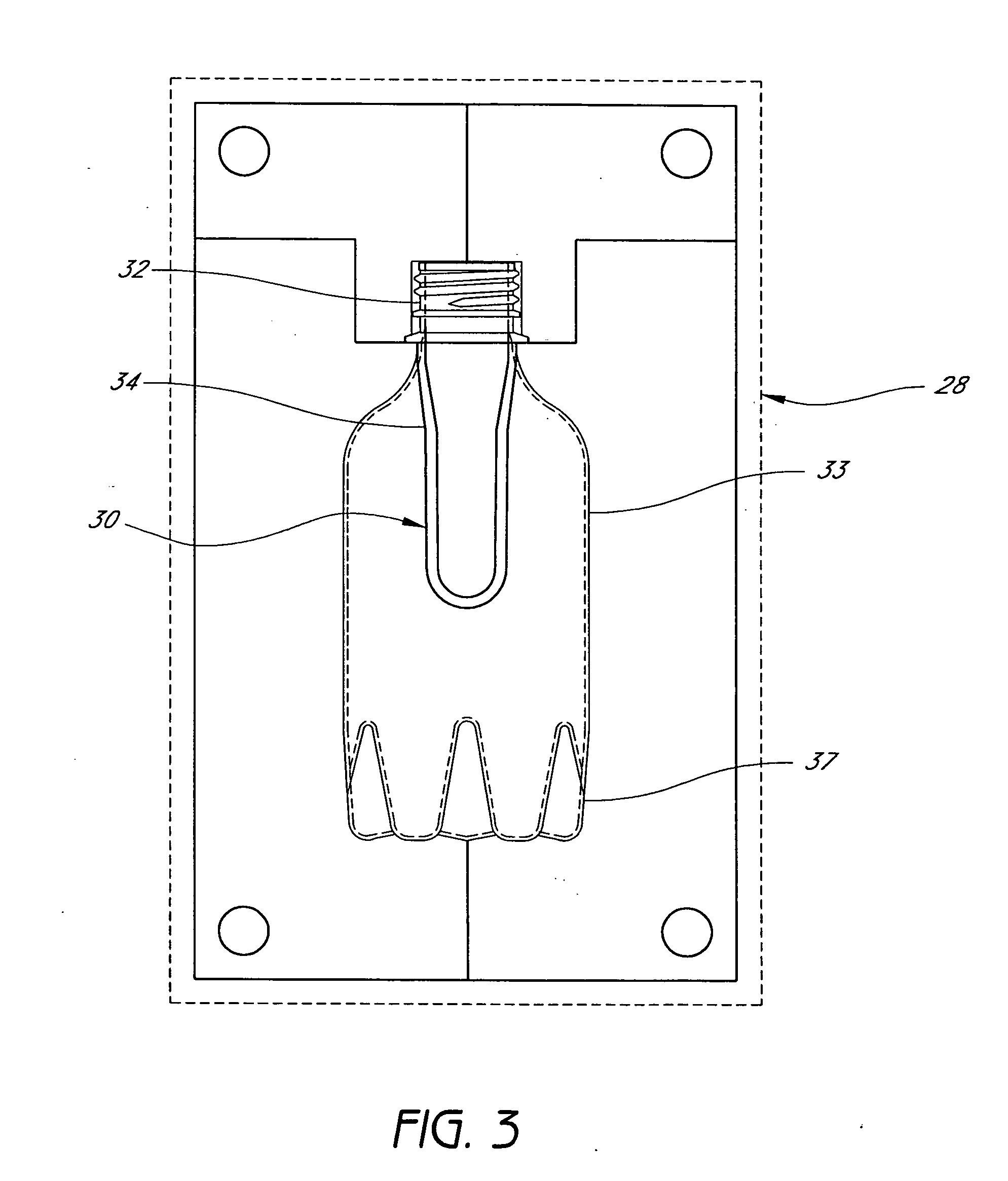Mono and multi-layer articles and extrusion methods of making the same
a multi-layer, material technology, applied in the direction of synthetic resin layered products, rigid containers, packaging, etc., can solve the problems of unsuitable structural, barrier, other characteristics, and inconvenient so as to facilitate the processing of the other layer and high melt strength
- Summary
- Abstract
- Description
- Claims
- Application Information
AI Technical Summary
Benefits of technology
Problems solved by technology
Method used
Image
Examples
Embodiment Construction
[0111] All patents and publications mentioned herein are hereby incorporated by reference in their entireties. Except as further described herein, certain embodiments, features, systems, devices, materials, methods and techniques described herein may, in some embodiments, be similar to any one or more of the embodiments, features, systems, devices, materials, methods and techniques described in U.S. Pat. Nos. 6,109,006; 6,808,820; 6,528,546; 6,312,641; 6,391,408; 6,352,426; 6,676,883; U.S. patent application Ser. No. 09 / 745,013 (Publication No. 2002-0100566); Ser. No. 10 / 168,496 (Publication No. 2003-0220036); Ser. No. 09 / 844,820 (2003-0031814); Ser. No. 10 / 090,471 (Publication No. 2003-0012904); Ser No. 10 / 614731 (Publication No. 2004-0071885), provisional application 60 / 563,021, filed Apr. 16, 2004, provisional application 60 / 575,231, filed May 28, 2004, provisional application 60 / 586,399, filed Jul. 7, 2004, and provisional application 60 / 620,160, filed Oct. 18, 2004, 60 / 621,511,...
PUM
| Property | Measurement | Unit |
|---|---|---|
| Fraction | aaaaa | aaaaa |
| Fraction | aaaaa | aaaaa |
| Percent by mass | aaaaa | aaaaa |
Abstract
Description
Claims
Application Information
 Login to View More
Login to View More - R&D
- Intellectual Property
- Life Sciences
- Materials
- Tech Scout
- Unparalleled Data Quality
- Higher Quality Content
- 60% Fewer Hallucinations
Browse by: Latest US Patents, China's latest patents, Technical Efficacy Thesaurus, Application Domain, Technology Topic, Popular Technical Reports.
© 2025 PatSnap. All rights reserved.Legal|Privacy policy|Modern Slavery Act Transparency Statement|Sitemap|About US| Contact US: help@patsnap.com



